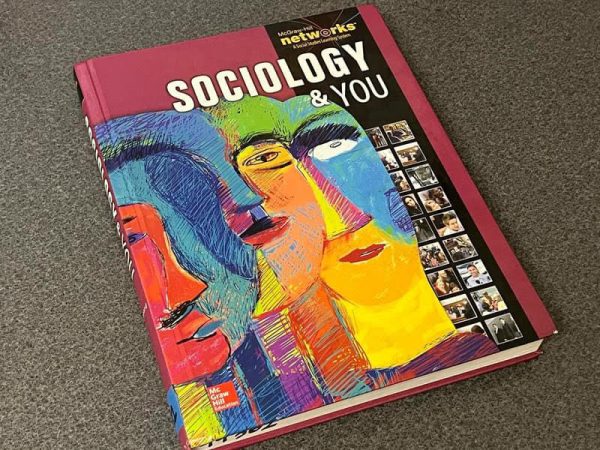Stationary on the rise
April 12, 2019
While many students grasp onto the new iPhone or tablet, a new trend is beginning to unfold that is stealing the attention from recent tech advances: stationary. Whether it be pens, binders or notebooks, most people who are willing to be organized have at least one of the bundle of objects that are under the label of stationary. More than ever, however, these helpful tools are rising in popularity at an unseen pace.
“I strive to have unique stationary. I think there are so many different varieties to choose from, and they don’t have to be expensive; places such as Daiso where almost everything there is $1.50,” Yumi Kawata (10) said.
At Mission Hills, the loss of student planners to the majority of students had come as a shock. Yet, why would there be an upset when there are already a surplus of apps at one’s finger touch and a multitude of planners mass-made? The reality is that planners are at a rapid increase. From 2015 to 2016, sales of planners rose 10 percent according to data-analysis company The NDP, dedicated to providing statistics and date to businesses and industries. Moreover, apps such as Any.do and My Study Life will promote organization that will go above and beyond the usual to-do list. However, while apps can be satisfyingly convenient, no spreadsheet or notes app can truly replace the open and handheld layout of an old-fashioned organizer.
“I love to use a planner, because I like to know what’s coming up just in case I forget. Additionally, it keeps me organized. However, for me, I don’t find it too necessary,” Violet Luong (12) said.
Along with nifty organizers, the core idea of having fun and enticing stationary to use everyday—especially for hardworking students—makes the task of homework or chores less tedious and more innovating. Why write notes in basic No. 2 graphite pencils or type on a laptop when there are polka-dotted, multi-colored pens that will emphasize the information? This practice is especially helpful according to studies that show people who draw diagrams and handwrite notes have a greater success rate on tests than those who type. An extra step to garnish our everyday tasks can make leaps and bounds to our own studying and memorizing.
“Taking notes is easier to understand when it’s color-coordinated; you can see what is important and what is not important,” Jennifer Rodriguez (12) said.
While technology is an evident part of our lives, the ability to escape from it and devour oneself into sufficient planning and management is superior in quality. Go beyond the basic function of pens and notebooks, and take the plunge to ensure that what is written is an expression of unique character.






